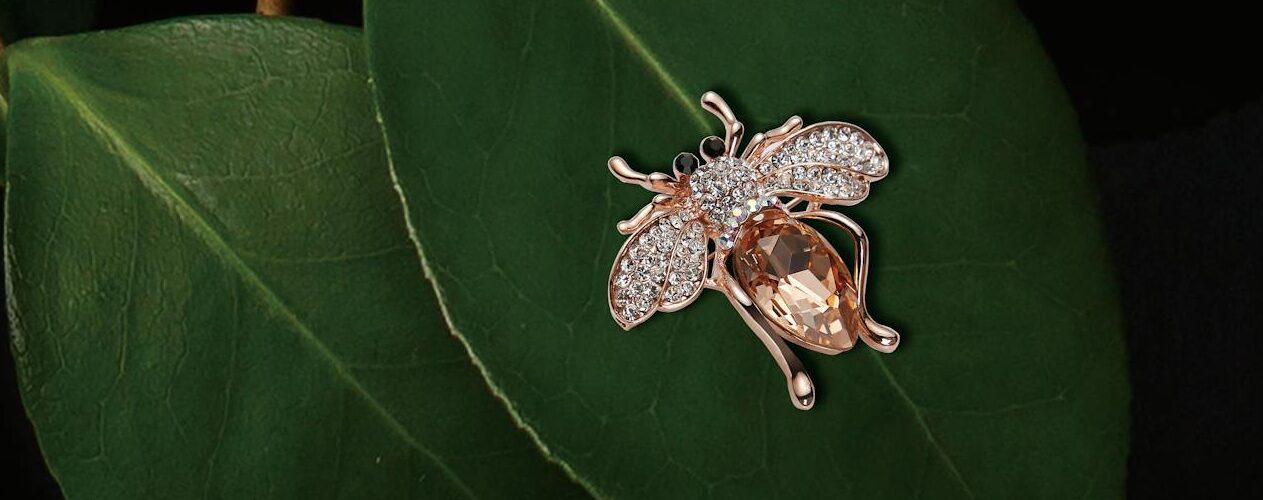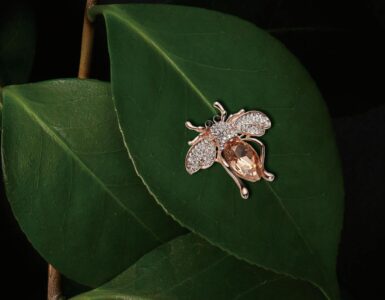In June 2023, when Indian Prime Minister Narendra Modi visited the United States, on a state visit, he gifted a 7.5-carat lab-grown diamond to US President Joe Biden’s wife, Jill Biden.
Later in an interview during his election campaign in May 2024, he further emphasised the growing potential of lab-grown diamonds in the world market which India can explore, considering the country is a major player in the natural diamond industry.
This highlights the significance of lab-grown diamonds for the Indian Prime Minister, and he has many reasons to justify this.
History of Diamonds in India
From ancient times, India had a long history of diamonds, including famous ones like Koh-i-Noor, Nizam, Hope Diamond, and Regent Diamond. For centuries, the country was the world’s only source of diamonds until they were discovered in Brazil in the early 18th century.
Over the years, though the supply of diamonds from India has almost exhausted, the country still remains the largest diamond polishing industry in the world.
More than 80 per cent of the world’s diamonds are cut and polished in the city of Surat in Gujarat, where Narendra Modi lived most of his life and served as its Chief Minister. This means that even when rough diamonds are mined elsewhere, they end up in Surat for cutting and polishing.
Recently, the mined and natural diamond industry has been experiencing competition, that is, from lab-grown diamonds.
Lab Grown Diamonds or Green Diamonds
Lab-grown diamonds (LGD) also called green diamonds or synthetic diamonds are manufactured in a laboratory by replicating geological processes. They are physically and chemically identical to mined diamonds, making it almost impossible to differentiate without specialised devices.
Unlike mined diamonds, the pricing of lab diamonds is not influenced by syndicates and cartels, instead, it is subject to market forces, resulting in much lower pricing. Apart from providing affordability, lab-grown diamonds attract conscious consumers who realise the environmental and ethical advantages.
They are called green diamonds because they do not require chopping trees and cutting forests to make way for mining and are mostly produced using renewable energy. We have listed the factors that make lab-grown diamonds eco-friendly and green, which you can read here.
LGDs were initially developed in the 1950s for industrial applications like cutting, grinding, and drilling. In the next 4 to 5 decades, they gradually came to meet the demand for jewellery-grade diamonds.
The advent of these lab-grown diamonds, which are almost half the price of natural diamonds on a per-carat basis, has opened up a new segment in the Indian jewellery market.
According to consulting firm Technopak, the Indian lab-grown diamond jewellery market is expected to grow from US$299.9 million in 2023 to US$ 1,192.3 million by 2033, at a CAGR of 14.8%. India along with China are the leading producers of Lab Diamonds, contributing to an estimated ~80% of the volume in CY 2023.
Though the USA is the biggest consumer of lab diamonds globally, countries like India are emerging as key centres for synthetic diamonds with multiple manufacturers, polishers, designers, and jewellers.
The reason for this growth is India’s rapid transition into a consumption-driven economy characterized by increased discretionary spending. As the disposable incomes of Indians rise and lifestyles evolve, the share of discretionary spending in categories like jewellery is also set to increase.
Jewellery and diamond purchases were traditionally made during weddings and engagement rings; these days, consumers are increasingly buying them for daily wear, office wear, gifts, and celebratory occasions.
Another factor driving the popularity of lab-grown diamonds in India is its young population and rise in the women’s workforce. While youngsters have a greater inclination to follow global trends and adopt the sustainability bandwagon and women are making independent choices. These women are increasingly driving demand for everyday wear and special occasion jewellery.
Catching the growing demand, multiple lab diamond manufacturers and brands have emerged in the Indian market.
Lab-grown diamond Startups in India
Given India’s expertise in natural diamond cutting, polishing, and studded jewellery manufacturing, many Indian businesses have warmed up to lab diamonds.
According to Care Edge Advisory research report, India has emerged as the second-largest LGD manufacturer in the world after China. The country produces over three million lab diamonds annually, accounting for 15% of the global production.
Mumbai-based Blue Star, Gujarat-based Dholakia Technologies and Greenlab Diamonds are leading lab-grown diamond manufacturers in India. Most of the diamonds are made using renewable energy sources further lowering the carbon footprint of green diamonds.
In July 2024, Dholakia Technologies’ announced the commencement of a 12.5MW solar project initiative to reduce 90% of its fossil-fuel electricity dependence. Greenlab Diamonds is leveraging a 35 MW solar power plant and hybrid windmill established on 110 acres of land.
On the retail side, though large jewellery chains such as Kalyan Jewellers, Tanishq, Malabar Gold & Diamonds, and Joyalukkas have not yet introduced lab-grown diamonds in India, emerging players have lapped up.
One of the largest retailers of lab-grown diamonds in India is Limelight. Founded in 2019, the Mumbai-based company has over 20 stores in India and plans to open seven more stores by year-end. In April 2024, Limelight raised a strategic investment of US$1 million from leading retail jewellery chains.
Ayaani Diamonds, founded in 2007 is a lab-grown diamond jewellery company based in Ahmedabad. The company is focused on daily wear and lightweight jewellery like rings, pendants, bracelets, and earrings.
Syndiora, founded in 2017, is another company that sells jewellery made with lab-grown diamonds in India through its online channels.
In 2022, Hindi film actress Shraddha Kapoor co-founded Palmonas offering eco-friendly jewellery from its Pune outlet.
In 2024, a lab-grown diamond jewellery brand even appeared on the Shark Tank India TV show, creating mass awareness about this segment. The Kolkata-based Jewel Box which sells its jewellery online and offline, secured an all-sharks deal worth Rs. 20 million for 6% equity.
While startups have entered this emerging diamond segment, without any past legacy, established companies have taken a different approach. The bigger companies are launching exclusive lab diamond lines, likely to differentiate their brand’s natural diamonds segment.
India’s leading fashion retail company Trent from TATA stable recently launched its lab-grown diamond brand, Pome, which it wants to sell through Exclusive Brand Outlets.
Another large jeweller, Senco Gold and Diamonds, with 80 years legacy has forayed into LGDs through its luxury brand, Sennes. Apart from green diamond jewellery, Sennes will also offer bags and accessories.
After launching in the USA last year, Austrian crystal maker Swarovski has entered the Indian market with its ‘Swarovski Created Diamonds’. The 125-year-old company plans to open 7-10 stores in the next few months in India.
The increasing number of new and established players offering lab-grown diamonds in India underscores that this new segment provides a compelling value proposition including environmental benefits.
The article is written by Varun, founder of Change Started






Add comment